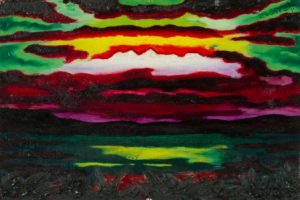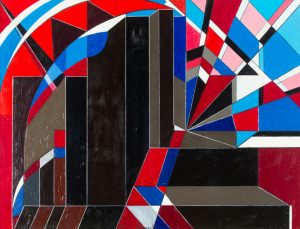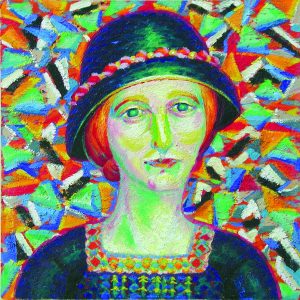10 years messmer art gallery
A life for art
June 20, 2019 – September 15, 2019
On the occasion of the 10th anniversary of the messmer art gallery, the heart of the Messmer Collection – the estate of the artist André Evard – will be presented in a retrospective in an unprecedented way. The exhibition presents selected works from the Swiss artist’s various creative periods.
In addition to sensitive Art Nouveau paintings and intensely colored landscapes, which illustrate Evard’s confrontation with the influences of the art scene of his time, symbolist still lifes are shown, which prove his pioneering position in abstract painting by turning to the geometry of space. Last but not least, his concrete, constructive works can also be seen.
A quick review
30 exhibitions have been presented in the last 10 years, including Marc Chagal, Christo, Joan Miró, Pablo Picasso and Andy Warhol to name a few. Around 500,000 visitors saw international art in the historic building at the foot of the Kaiserstuhl. The promotion of art also has a permanent place in the exhibition repertoire. With the international andré evard prize, which is worth €10,000, the messmer art gallery has presented more than 2,500 artists from all over the world to a broad public.
The non-profit messmer foundation, which supports the messmer art gallery, houses André Evard’s artistic legacy. The oeuvre of the Swiss avant-gardist forms the center of the foundation’s collection, which was created 40 years ago as the private collection of entrepreneur Jürgen Messmer. The collection includes more than 1,100 works of art, ranging from classic modern to contemporary art.

André Evard was a universal spirit.
For almost 70 years he has enriched the art of the avant-garde with his own ideas. Without committing himself to a style, he pushed painting to its limits.
Andre Evard (1876 – 1965)
Born in 1876 in the Bernese Jura, André Evard distinguished himself throughout his life by being a little bit ahead of his fellow artists. As early as 1908 he was dealing with experimental techniques such as collage, which would only find its way into the art landscape years later. He studied together with artistic greats such as Le Corbusier. In the 1920s, Evard oriented himself towards Paris, an artistic stronghold of the time, and cultivated connections with the European avant-garde. While most tend towards Expressionism, Evard designs concrete-constructive works that appear ornamental and are colour-balanced. However, not only Constructivism and Suprematism, but also the Dutch De Stijl movement and the Bauhaus flow into his art. He keeps in touch with Georges Braque, Robert Delaunay and Théo van Doesburg. In 1936, together with Max Bill, Richard Paul Lohse and Leo Leuppi, he exhibited in the Zurich exhibition Time Problems in Swiss Painting and Sculpture. A year later, Evard joined the Allianz artist group, founded by Richard Paul Lohse and Leo Leuppi, as the tenth member. In addition to Max Bill, Alberto Giacometti, Paul Klee and Hans Arp, this circle also includes Le Corbusier. Evard died in 1972 at the age of 96 in Le Locle, not far from his birthplace.
















